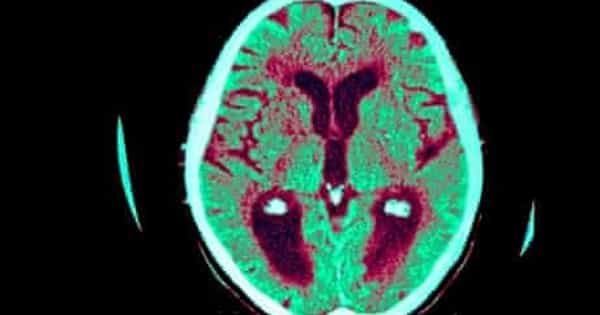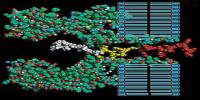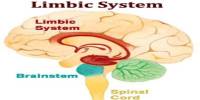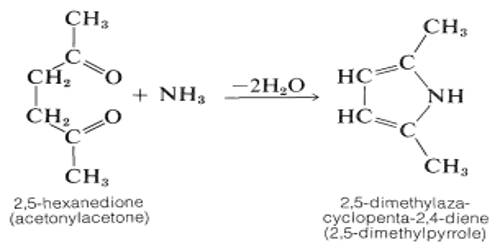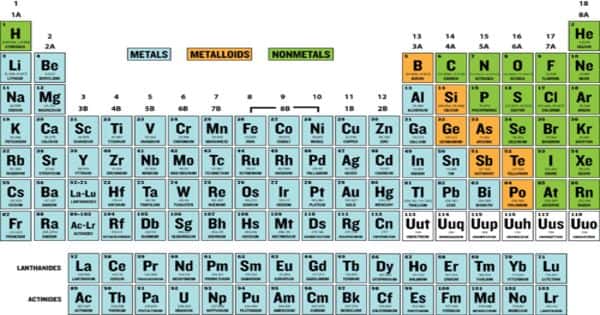Dementia is not a single disease, but rather a group of symptoms that include a gradual but usually irreversible decline in the ability to remember, think, make decisions, or carry out daily activities. Dementia is one of the most serious aging-related diseases, affecting not only patients and their families but also society as a whole, with an estimated 55 million people suffering from the disease worldwide.
Researchers discovered 33 metabolic compounds in blood samples that differed between people with dementia and those who were cognitively healthy. Seven of the metabolites were found to be higher in dementia patients, while 26 were found to be lower in non-dementia samples. Increased levels of these metabolites may have a neuroprotective effect against dementia.
Japanese researchers have discovered metabolic compounds in the blood that are linked to dementia. The researchers discovered that the levels of 33 metabolites differed between dementia patients and elderly people who did not have any existing health conditions. Their findings, which were published in the journal PNAS this week, may one day aid in the diagnosis and treatment of dementia.
“Metabolites are chemical substances produced by vital chemical reactions that occur within cells and tissues,” explained first author Dr. Takayuki Teruya of the Okinawa Institute of Science and Technology Graduate University’s G0 Cell Unit (OIST). “Normally, our bodies maintain these levels in balance, but as we age and develop diseases like dementia, these levels can fluctuate and change.”
Scientists have identified metabolic compounds within the blood that are associated with dementia. They identified 33 metabolic compounds in blood samples that differed between those with dementia and cognitively healthy older adults.
While scientists know that dementia is caused by nerve damage, the exact cause of this damage, as well as methods for detecting and treating it, have remained elusive. The study included the analysis of blood samples collected from eight patients with dementia as well as eight healthy elderly people. They also gathered samples from eight healthy young people to serve as a control group. Unlike most blood metabolite studies, this one included compounds found within red blood cells.
“Blood cells are difficult to manage because they undergo metabolic changes if left untreated for even a short period of time,” Dr. Teruya explained. However, the research team recently discovered a method to stabilize metabolites in red blood cells, allowing them to investigate the relationship between red blood cell activity and dementia for the first time.
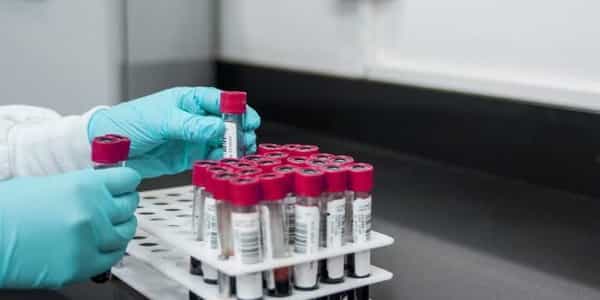
The researchers measured the levels of 124 different metabolites in whole blood and discovered that 33 of them, divided into five different sub-groups, were associated with dementia. Seven of these compounds were found to be higher in dementia patients, while 26 were found to be lower. Twenty of these compounds, nine of which were abundant in red blood cells, had not previously been linked to dementia.
“The discovery of these compounds brings us one step closer to being able to molecularly diagnose dementia,” said senior author Professor Mitsuhiro Yanagida, who directs the G0 Cell Unit at OIST.
The seven metabolites that showed increased levels in dementia patients were found in blood plasma and belonged to metabolite sub-group A. Notably, some of these compounds are thought to be toxic to the central nervous system.
“It’s still too early to say,” Prof. Yanagida said, “but it could point to a possible mechanistic cause of dementia because these compounds may cause brain impairment.” The research team intends to put this theory to the test in the coming stages of their investigation by seeing if increases in these metabolites can cause dementia in animal models such as mice.
The remaining 26 compounds that were lower in dementia patients compared to healthy elderly people belonged to four other metabolite sub-groups, B-E. Because of their similar structure, six metabolites that decreased in dementia patients were classified as subgroup B. These metabolic compounds are antioxidants, which protect cells and tissues by reducing free radical damage – unstable molecules produced by chemical reactions in cells.
The antioxidant compounds derived from food were found in high concentrations in the red blood cells of healthy elderly people, according to the researchers. “It’s possible that red blood cells deliver not only oxygen but also important metabolites that protect the nervous system from damage,” Dr. Teruya speculated. The remaining sub-groups contain compounds that the researchers believe play a role in nutrient supply, energy reserve maintenance, and neuroprotection.
“In the future, we hope to begin some intervention studies, either by supplementing dementia patients with metabolic compounds from sub-groups B-E or by inhibiting neurotoxins from sub-group A, to see if this can slow, prevent, or even reverse symptoms of dementia,” Prof. Yanagida said. The Okinawa Institute of Science and Technology Graduate University collaborated with the National Ryukyu Hospital, Okinawa, and Kyoto University on the study.
